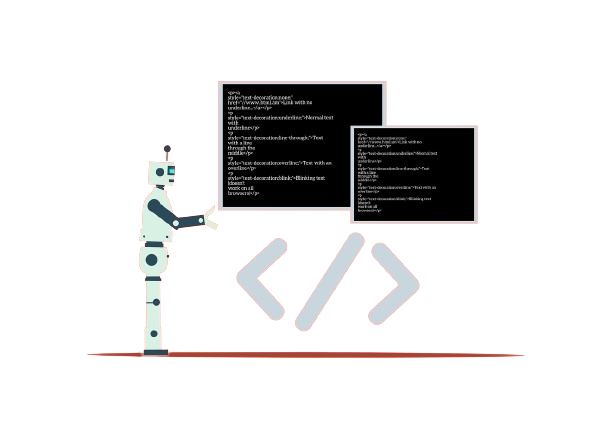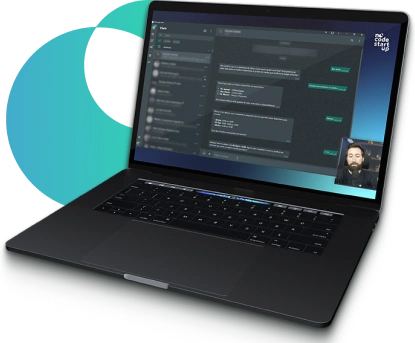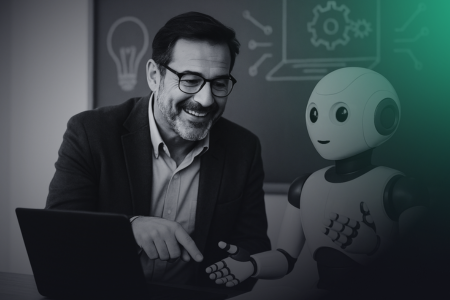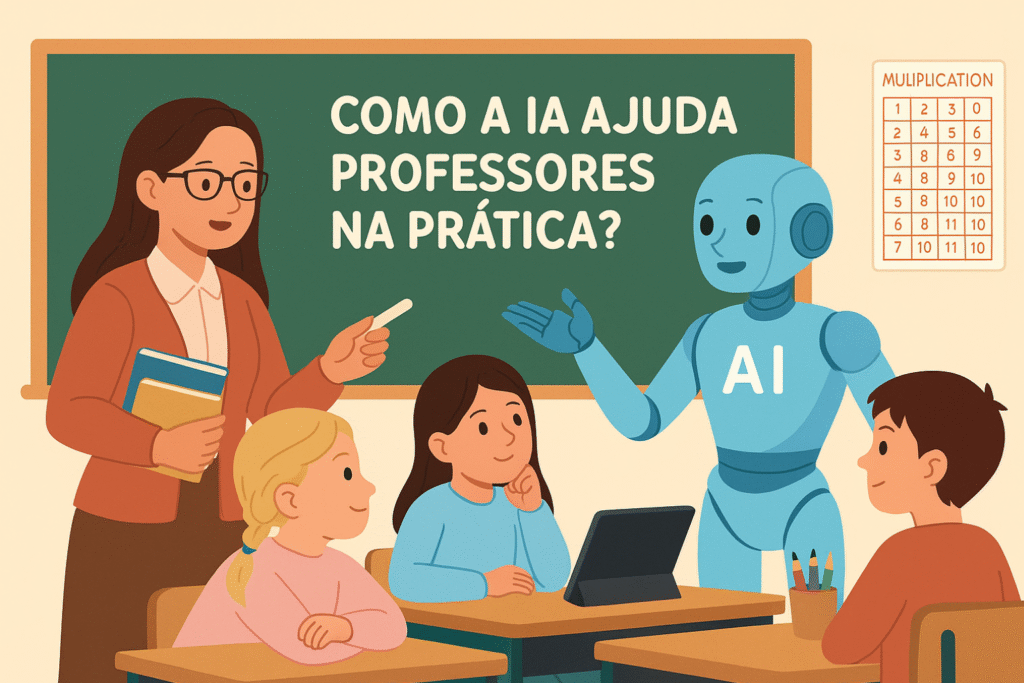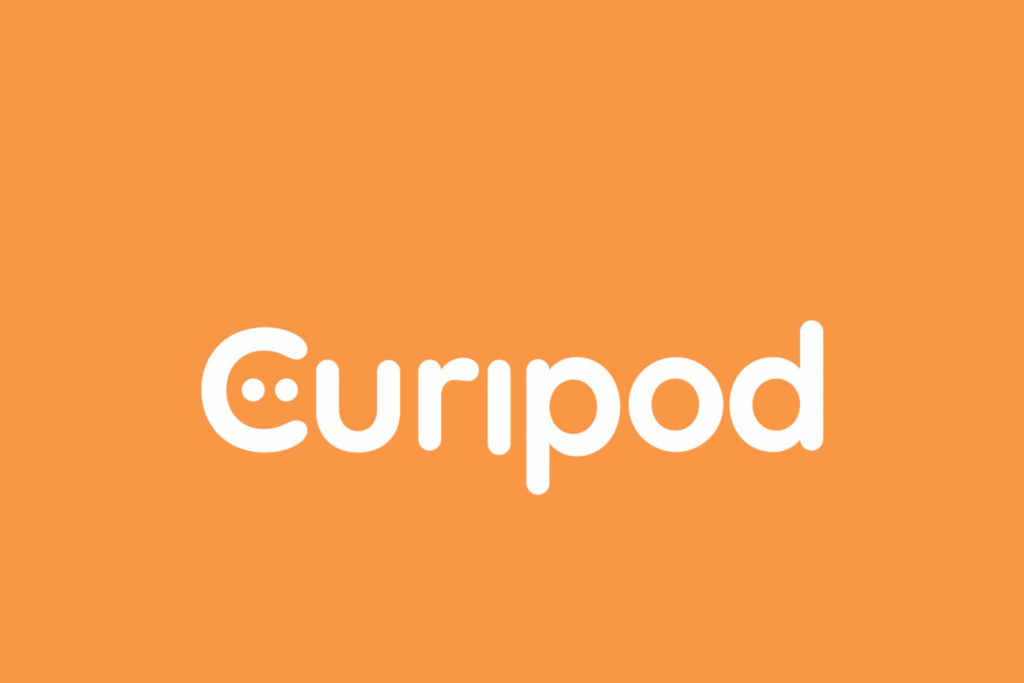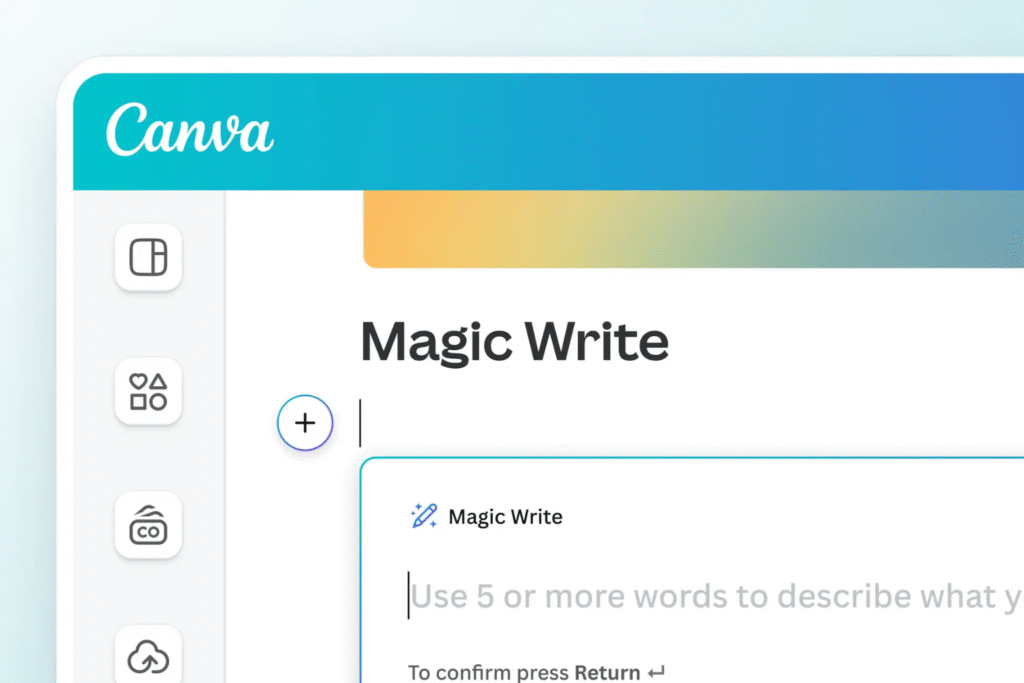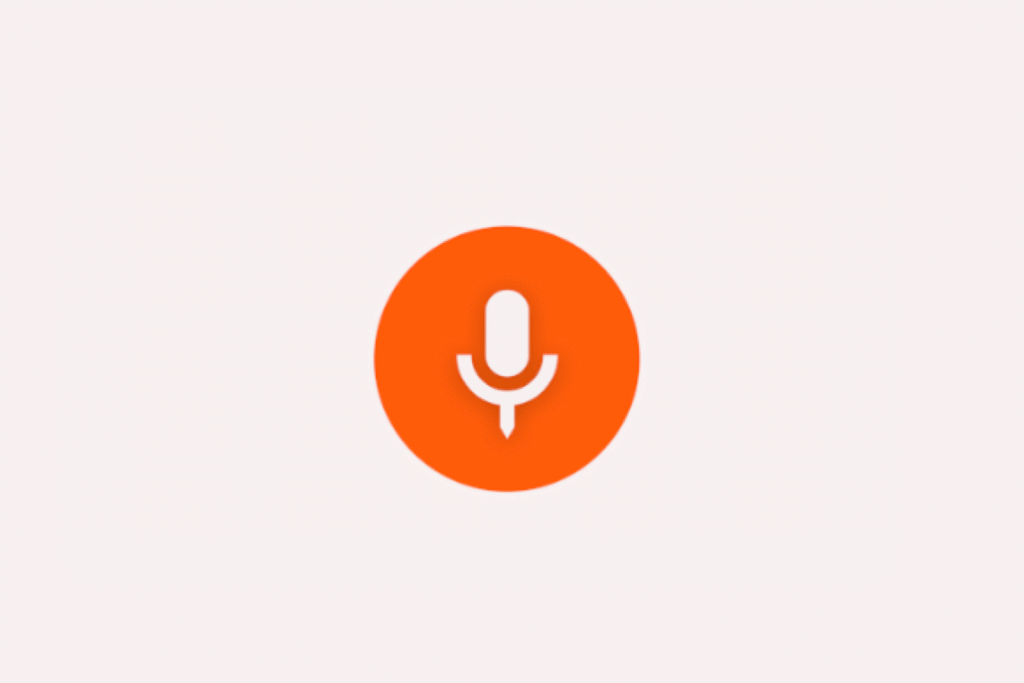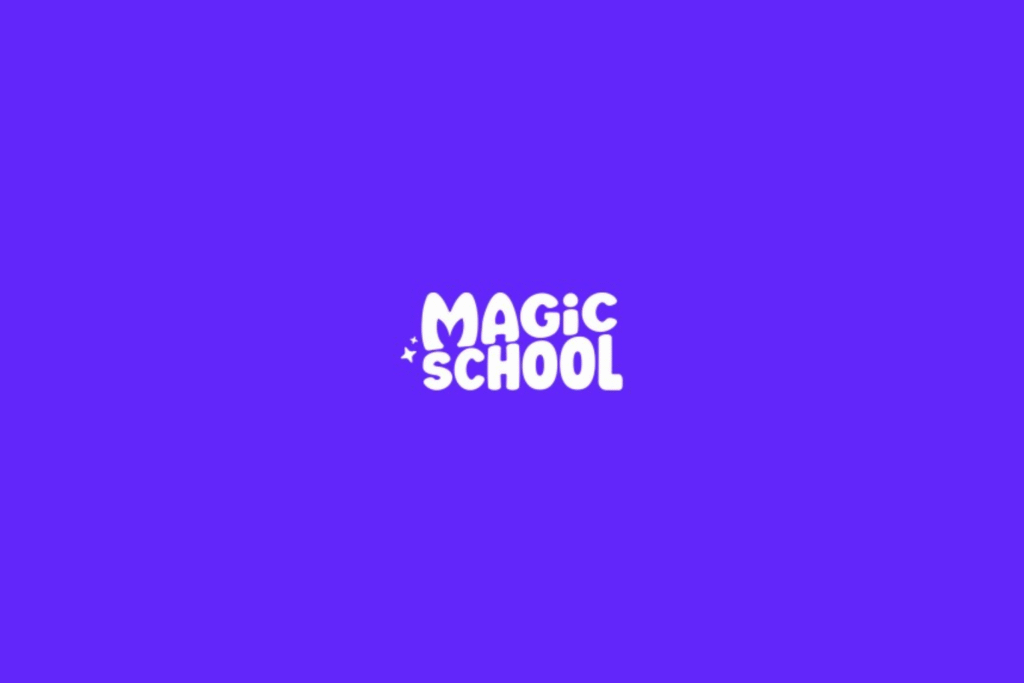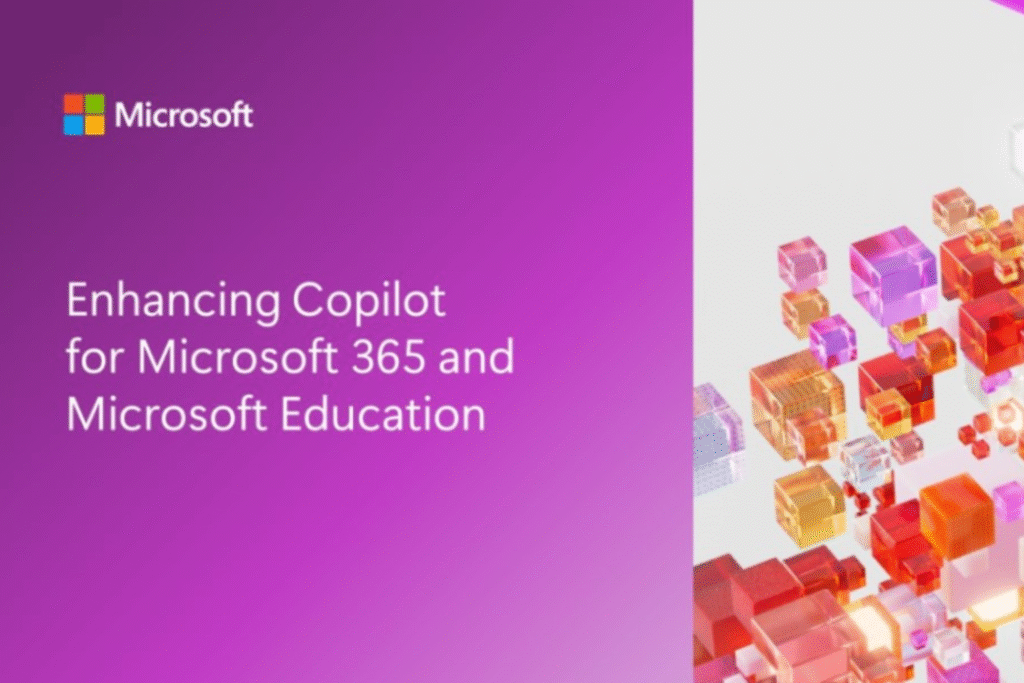Estimated reading time: 7 minutes
One of the most common questions people ask when they want to work without knowing how to code is how to learn NoCode quickly. While NoCode is easier than traditional programming, it still requires time and dedication.
After all, we’re building software, and that involves understanding the basics like project planning, data modeling, design, and more. Here are the steps to learn NoCode quickly so you can start building amazing apps and even make money from them.
Understanding the journey of learning NoCode
Before diving into the step-by-step process of how to learn NoCode, it’s important to understand how the learning journey works. Many people think that learning a new skill is a linear process — take classes, practice, and gradually improve.
However, the reality is that the learning journey often has its ups and downs. When you first start learning something new, you may feel excited and confident at first. But as you delve deeper, you may encounter challenges that make you doubt your progress.
It’s important to realize that feeling confused or frustrated is a normal part of the learning process. This is usually when you’re really starting to understand the skill. So if you feel overwhelmed, remember that it’s a sign that you’re on the right track.
Step 1: Familiarize yourself with NoCode tools
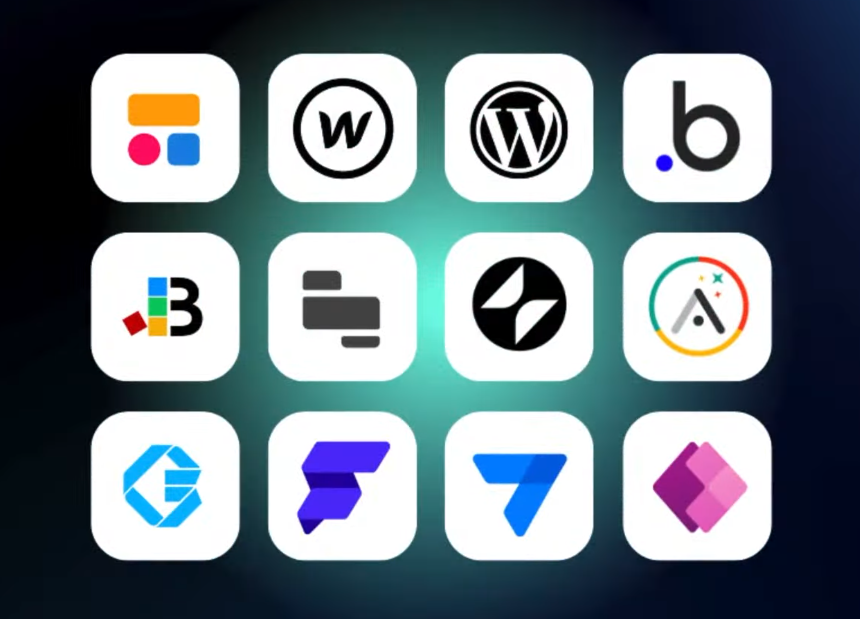
The first step in learning NoCode quickly is to familiarize yourself with the various no-code tools available. The no-code ecosystem is vast, with hundreds of tools to choose from.
To focus your learning, you need to understand the nature of your project. Are you building a mobile app, a web app, or just a simple website? Once you know what you want to build, research the best no-code tools for that type of project.
At No-Code Startup, we’ve spent months testing and comparing different no-code tools so you don’t have to. We’ve identified the best tools for building robust apps, such as Bubble and FlutterFlow.
We also have tutorials and comparisons between no-code tools and backend, which can help you decide where to focus your efforts.
Step 2: Master the fundamentals
A common mistake people make is jumping straight into building their app without understanding the fundamentals of no-code development and software. It is crucial to know how to learn basic NoCode and follow a methodology when creating your application.
Skipping this step can lead to costly mistakes down the road, as you may need to go back and redo parts of your project. At No-Code Startup, we emphasize the importance of understanding the problem you’re solving before diving into the solution.
Start by conceptualizing your system — what types of users will you have, what screens will you need, and what functionality is required? After that, move on to designing your screens, creating a low-fidelity wireframe and eventually a more detailed design. Then, focus on data modeling and finally the actual development of your application.
Step 3: Learn how to learn NoCode through hands-on projects
Theory is important, but the best way to learn NoCode is through hands-on projects. Studies show that active learning, such as discussing, producing, and teaching, helps us retain knowledge much better than passive learning, such as reading or listening.
That’s why at No-Code Startup, we encourage our students to learn by doing. Start with simple projects to understand the basic concepts.
As you gain confidence, gradually take on more complex projects. This step-by-step approach will help you develop your skills and prepare for real-world challenges.
Step 4: Work on real-world projects

Once you’ve completed a few hands-on projects, it’s time to tackle a real-world problem. Whether it’s a work-related task or a personal project you’ve always wanted to bring to life, applying your skills to a real-world scenario will deepen your understanding and give you the confidence to build more complex applications.
At this stage, you’ll find that the methodology and fundamentals you’ve learned will make the process much smoother. You’ll also be better equipped to troubleshoot and resolve any issues that arise, knowing how to find the answers you need.
Step 5: Surround yourself with like-minded people
Learning is easier when you are surrounded by people with similar goals. Join NoCode developer communities like Bubble Community, where you can ask questions, share experiences, and learn NoCode from others.
At No-Code Startup, we have a community where students can interact, ask technical questions, and support each other. Being part of such a community can provide valuable insights, networking opportunities, and even potential partnerships.
Step 6: Teach Others How to Learn NoCode
The final step to mastering NoCode (or any skill) is to teach it to others. Teaching forces you to organize your thoughts and explain concepts clearly, which reinforces your own understanding. It’s also a way to give back to the community and help others on their learning journey.
As you become more experienced, you can even offer consulting or mentoring services, turning your expertise into a source of income. Teaching not only helps you learn better, but it also establishes you as a go-to expert in the no-code field.
How to learn NoCode in the best way
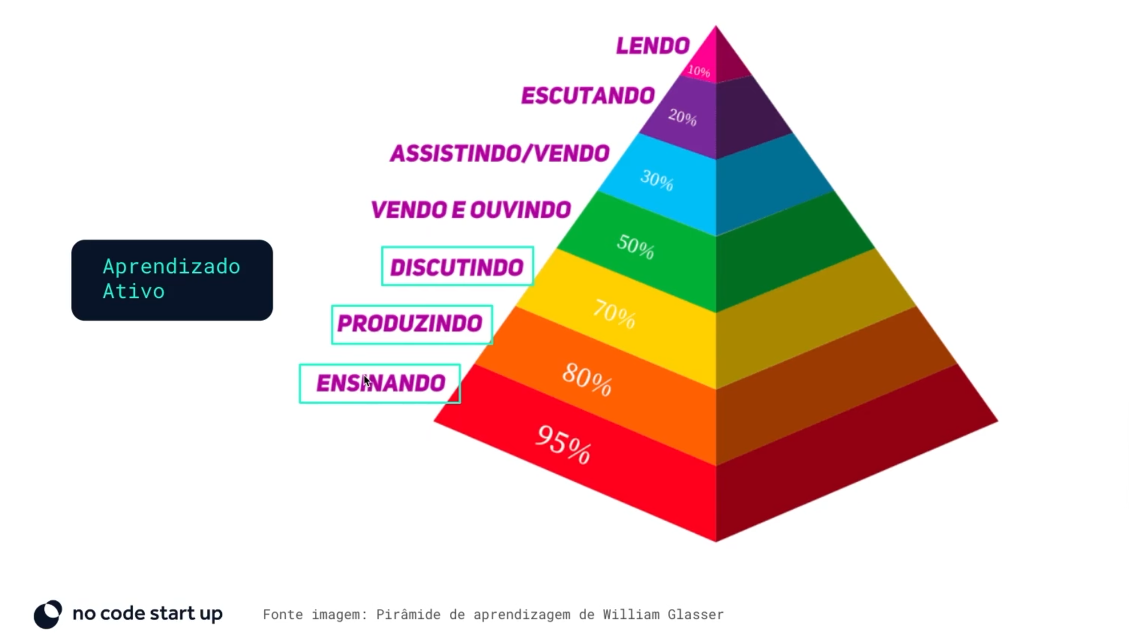
Learning how to learn NoCode is a journey full of ups and downs, but by following these steps, you can accelerate your progress and start building amazing apps in no time.
Remember, the key is to focus on the fundamentals, learn through hands-on experience, and stay connected with others in the no-code community.
And as you progress, don’t forget to share your knowledge — teaching is one of the most powerful ways to solidify your skills and grow as a developer. Click and find out more!
